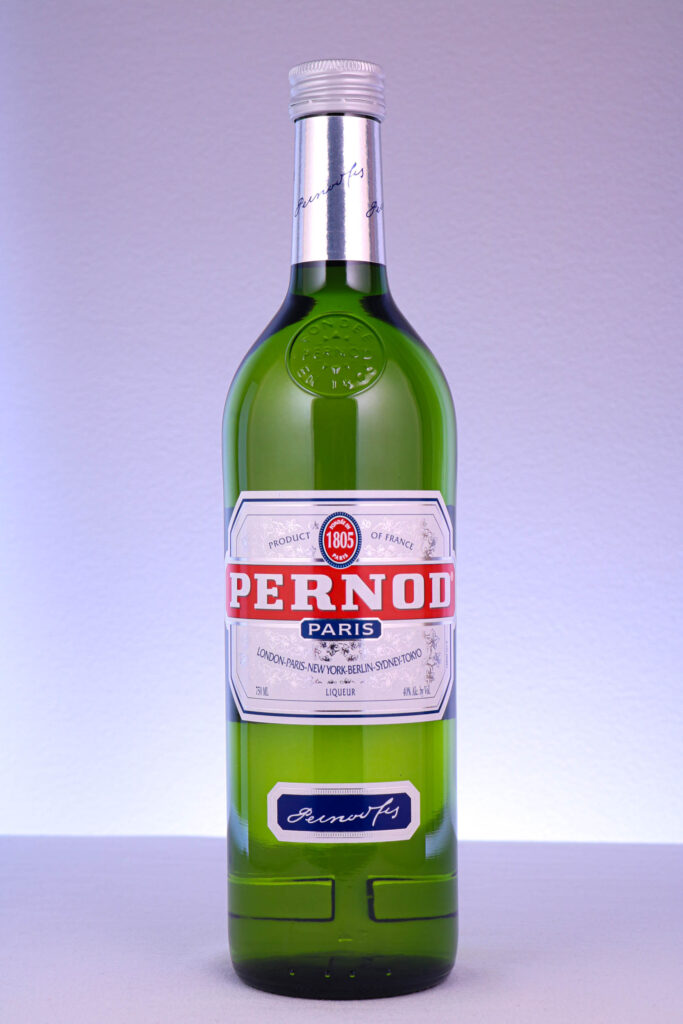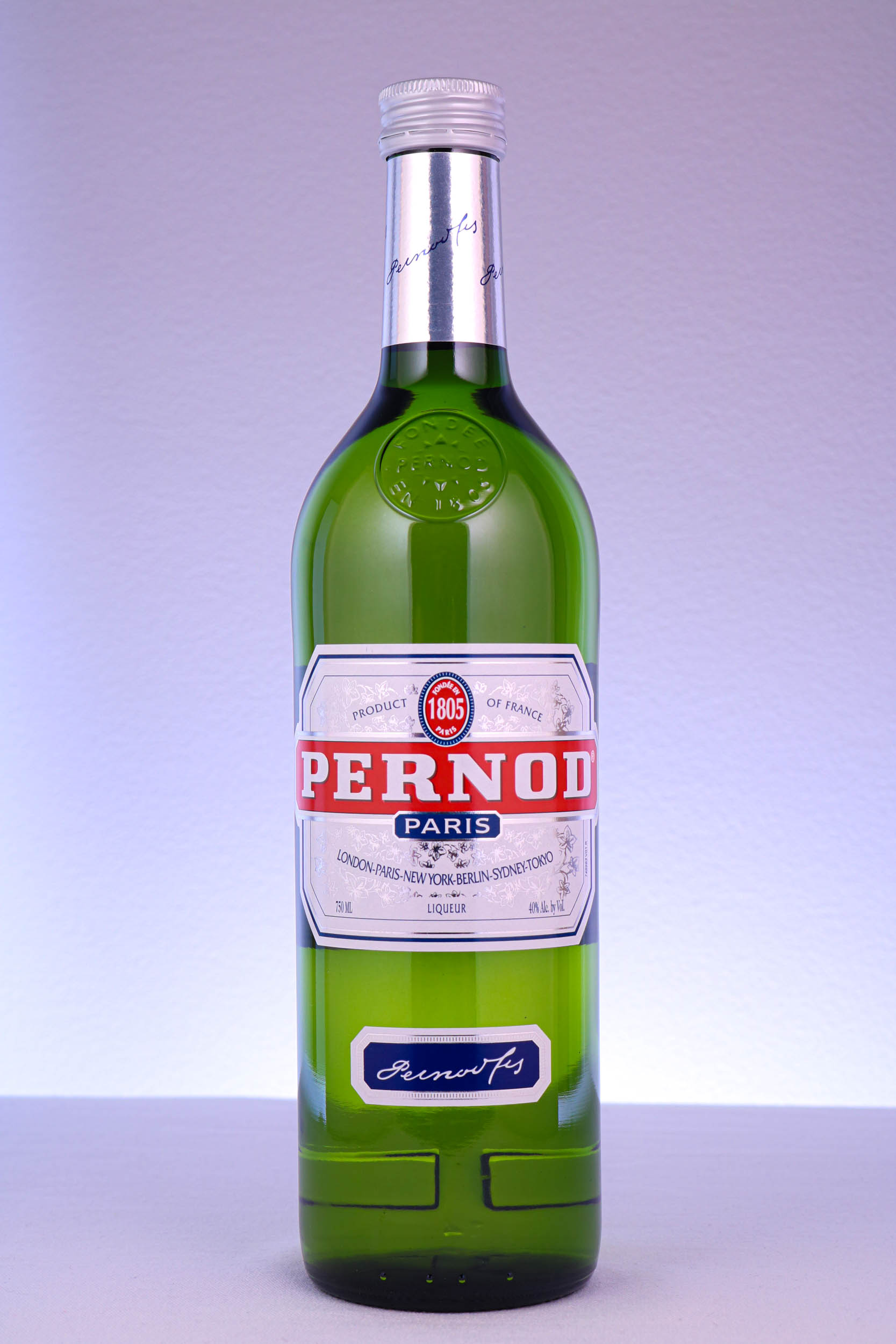
To understand Pernod, a Pastis, you must understand what happened to Absinthe.
Absinthe was banned after a spike in interest in France, causing a loss of business for French wine farmers (who has previously had to deal with phylloxera – which had killed off a large number of vines). Combined with the rumored hallucinogenic properties and some murders in France at the time, a decree was passed to outlaw all anise spirits. This lined up with similar movements in other countries. Absinthe wasn’t really bad (or worse than any other liquor), but it was in the wrong place at the wrong time, and ended up being a casualty of the temperance movements.
When the ban was loosened in the 1930s, some producers were ready with a wormwood free version. This version, was a pastis, instead of an absinthe. The primary difference is the use of star anise as the principal flavoring, instead of using green anise, wormwood of fennel. The resulting liqueur is different in it’s flavor profile, but similarly enough that it can be used as a substitute to absinthe.
So with all that said, what does Pernod taste like, and is it any good?
Pernod
Sight: A bright translucent green. Turns cloudy with water.
Smell: Strong notes of anise mixed with touches of herbs. It moves toward a fresh fennel note as well.
Sip: The body is thick thanks to the sugar, but feels less so thank to the growing alcohol burn as it sits on the palate. A subtle sweetness holds throughout and build in complexity between anise and fennel. The notes of herbs grow gradually throughout but it never loses the predominately anise note.
Savor: Anise, licorice, and fennel linger predominately and extend for a significant period of time.
When cut, Pernod behaves more like a black jelly bean than a full on anise attack. It gets a lot softer with the addition of water, making it much more pliable. It also opens up some subtle herbal notes that are notice in the full proof version. Correspondingly, the same notes should come forward in cocktails, adding flavor if not complexity.
In Cocktails
There are very few cocktails that rely on absinthe or pastis to serve as the main liquor, so Pernod is most frequently tasked with playing a modifier. Most commonly used as a stand in for absinthe, you can use Pernod in classics such as the Corpse Reviver #2, the Sazerac, and Remember the Maine. One cocktail that prominently features either pastis or absinthe is Death In the Afternoon. Made by combining pastis or absinthe with sparkling wine, Pernod opens up and gives a more herbal, drier rendition of itself. The sweetness is instead replaced by brightness, and the a more licorice and green fennel notes becomes prominent.
In Review – Pernod
Pernod is a widely available and a well rounded pastis that can also substitute for absinthe. This makes it useful for both classic cocktails as well as Tiki drinks. While this isn’t a starter bottle, it’s a great choice once you’ve established your bar. It will also last a long time as most drinks require a rinse to a few drops. For these reasons, we suggest you give Pernod a shot if you can’t find an absinthe.
